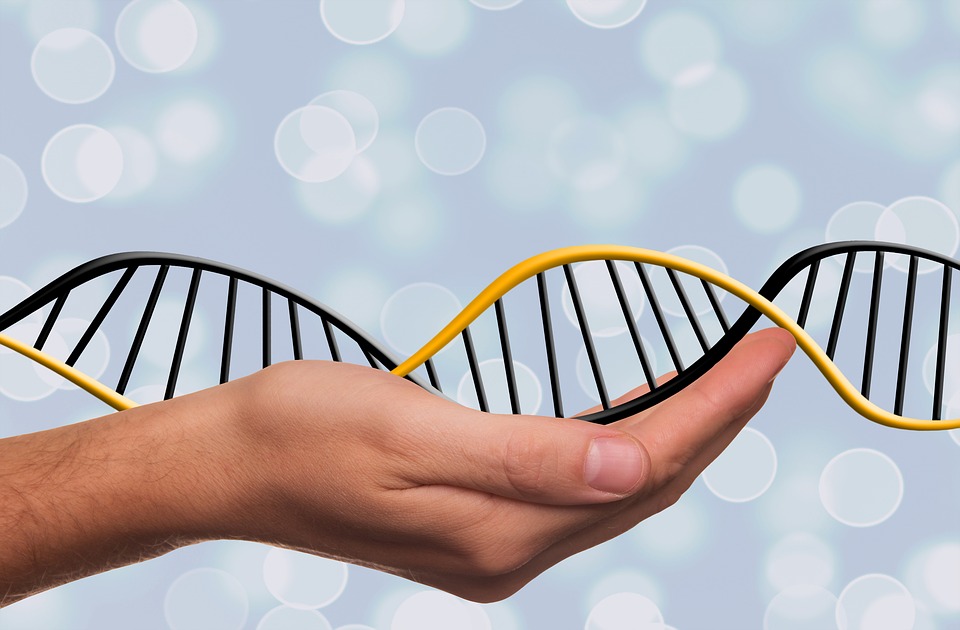Did you know, that human cells have been prepared to keep us alive for about 130-140 years? Unfortunately, due to the attacks of free radicals, our body is not able to reach this age. Free radicals work continuously making the cells weaker. At some point, we no longer have the power to protect ourselves against them. How to reinforce our organism in the fight against the adverse effects of free radicals?

Free radicals are useful for our body because they enhance the immune system and improve intercellular communication. However, excessive amounts of free radicals in our body can become a serious threat to us.
How do the free radicals affect the skin? Oxidative stress and its effects
Free radicals accumulate when we do not take proper care of our body, when we do not provide it with the right amount of vitamins and essential fatty acids, when we experience strong stress, smoke cigarettes, and when we do not nourish the skin properly. Too much free radicals can be the cause of the so-called oxidative stress, when the amount of radical cells is unlimited, and our natural defense system is unable to deal with them. Free radicals presume a massive attack on the body and begin to destroy it.
How do free radicals affect our body?
- they are able to modify the DNA code in our skin, which threatens to modify the genes
- they damage proteins (primarily collagen and enzymes) and this leads to changes in the proper functioning of the cell
- they have a negative effect on the cell membrane of the skin, disrupting its immune functions, and adversely affect its structure and permeability
What is the role of antioxidants?
Broadly speaking: antioxidants block the destructive effects of free radicals: they reach the dangerous molecule, give their free electron to the radical and make it become neutral and therefore stop wrecking our cells. The group of antioxidants includes a number of different substances, each of which has a slightly different role to play in the process of antioxidation, so it is worth providing the body with substances from different groups to provide the skin with maximum care and protection.
- enzymes convert free radicals into harmless particles for our body
- micro-elements “make sure” that enzymes do not produce too many free radicals (the main micronutrients with antioxidant activity include: copper, zinc, selenium, and manganese)
- lycopene, carotenes, polyphenols, and vitamins (A, C, E) are excellent in neutralizing free radicals
- Coenzyme Q10 blocks the negative effects of free radicals. It delays the results of skin aging and accelerates its biological renewal. Coenzyme Q10 also fulfills an energy role – it provides the cell with a dose of energy to have the strength to defend against the attack of free radicals.
All the above-mentioned substances are best to look for in creams and other skin care products. Also, they should be provided with foods (especially vitamins that work mostly from the inside). Anyone over 25 years of age should be using antioxidant creams on a daily basis. Such care is important throughout the year, not only in periods of the scorching sun (in the summer and spring). Pollution and toxins present in the air also contribute to the oxidation of the skin and the multiplication of free radicals in our body. One of the substances that perfectly detoxify the skin is activated charcoal (also referred to as activated or active carbon). You can find a wide range of products that contain activated charcoal available on the cosmetic market: you can choose from products for face cleaning, through face cream and serums, to black face masks.
A good solution is to use facial treatments with vitamin C – they can be used by both young people and those with mature skin. Another substance that perfectly fights free radicals is ferulic acid – naturally occurring in oat grains, nuts, and coffee beans. In addition, even aesthetic medicine assistants offer professional face and body treatments based on ferulic acid.






Leave a Reply